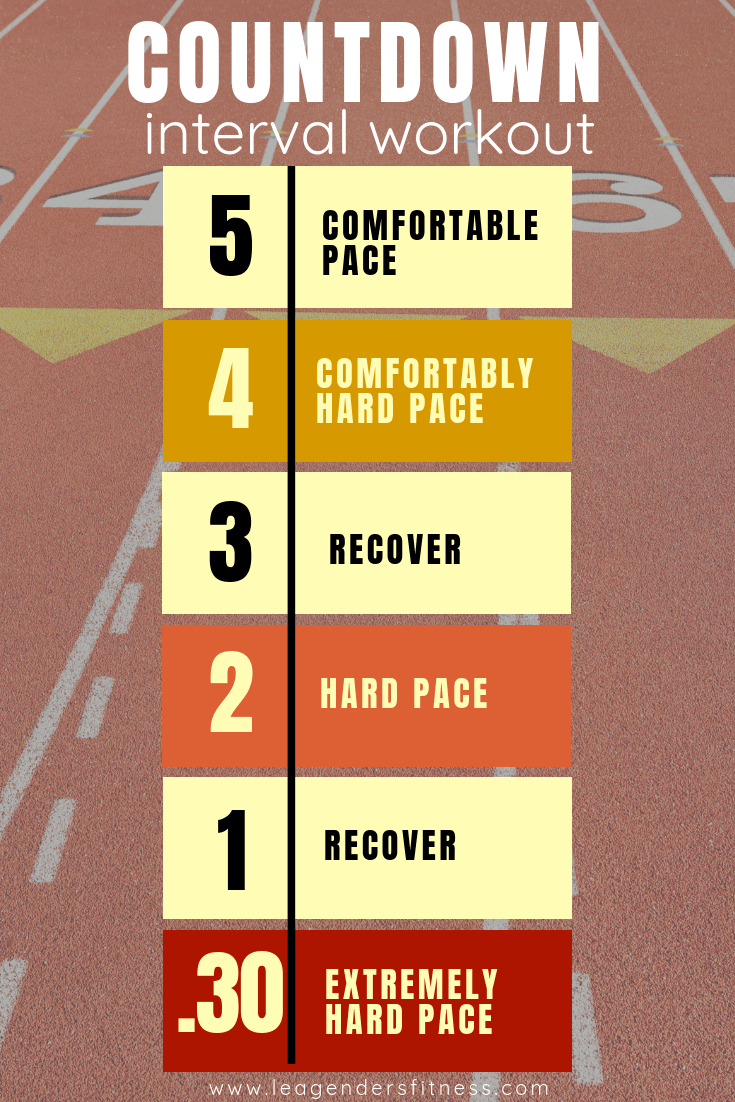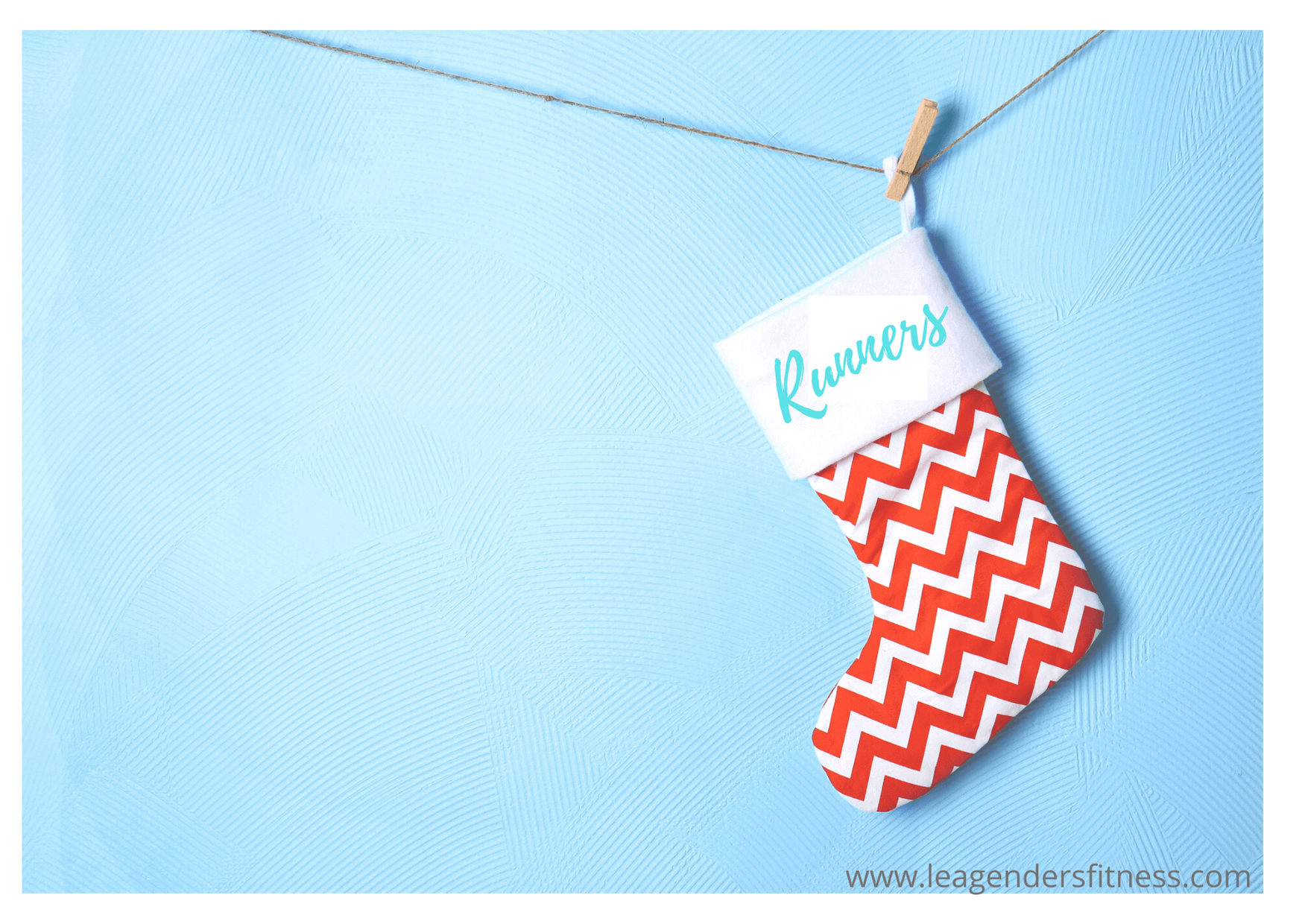Welcome to the latest edition of “Workout Wednesday” when each week I share a new running or strength training for runners exercises. This week’s workout will help you practice pacing and train to run faster.
Most runners want to run faster; The key to speed workouts is to train at the correct pace for your individual fitness ability. You can’t decide to run faster and work to hit a pace that you pull out of the air. If your tendons and joints are not strong enough to support that pace, it could lead to injury.
It’s great to have pace goals, but you can’t jump ahead, you have to earn it by putting in the hard work.
It can be dangerous to follow arbitrary paces from workouts on the internet. Run far (and fast) away from those Pinterest workouts that prescribe paces for treadmill workouts. Why? Because a nine-minute mile pace may be an easy run for one runner, a speed workout for another and a tempo pace for a third. You have to run at the right pace for you.
HOW DO YOU DETERMINE THE CORRECT PACE FOR WORKOUTS?
I’m glad you asked. Determine your correct paces by your perceived effort and a talk test. Throw your GPS in the trash (OK, maybe just hold on to it for reference, those suckers are expensive) and pay attention to your effort and breath.
Comfortable Pace:
A comfortable pace is relaxed enough that you could hold a full conversation with your running partner without taking gasps of breaths between words or sentences. If you can sing the alphabet out loud without taking deep breaths between letters, you’re running at a relaxed, comfortable pace. Perform your long runs that last more than an hour, with a purpose to build endurance at this pace.
It is the most critical pace to master because comfortable pace runs allow your body to recover between hard workouts. If you run too hard every day, you won’t allow proper recovery and your results will suffer.
*Note that new runners may not find this pace unless they are walking, but keep working at building fitness, you’ll get there.
Comfortably Hard Pace:
Comfortably hard is a moderate pace. You are working hard, but not so hard that you couldn’t continue this pace for up to an hour. It is not a sprint pace, but a speed faster than your comfortable pace. You probably would gasp for breath between sentences if you were chatting with a running partner. It’s the pace you would run when trying to finish a fast 10K; also referred to as tempo pace.
Hard Pace:
At a hard pace, you’re out of breath and could maybe get a few words or a sentence out between breaths. You couldn’t hold this pace for long distances but could stay for long intervals.
Extremely Hard Pace:
You’re sucking air. You may (or may not) get one word out at a time (and it’s probably a curse word). You could not hold this pace for more than a minute or so, and you’re not chatting with anyone except to tell that voice in your head to shut up.
A great exercise is to hit the streets (track or treadmill) and find each of these paces for yourself:
A WEEK OF RUNNING WORKOUTS
Day 1: COMFORTABLE PACE
Run three miles at a comfortable speed. Test your breathing every half to full mile by singing the alphabet out loud. If you can’t do it without gasping between letters, then slow down). I like to set a half mile or mile buzz reminder on my watch as a check-in on my breathing because it is easy to get lost in thought and start running faster than the workout intended.
Sometimes you have to set your ego aside and run slow, even when you feel like you could run faster. This is the pace you should be running most of your workouts for best results. There is room for speed work, but not every day.
Take note of your comfortable pace. You’ll notice as your fitness improves, your comfortable pace will get faster while your breathing remains calm.
Day 2: REST OR ACTIVE RECOVERY
Try rest, active recovery, stretching, foam rolling, cross training, or strength training.
Day 3: COMFORTABLY HARD PACE
Run two to three miles at a comfortably hard pace. Remember this speed should be faster than your comfortable pace from day one, but not so fast that you can’t maintain it for two to three miles. Don’t start too fast; a steady tempo is your goal. Take note of your comfortably hard pace and the distance you were able to maintain it. The key in future workouts is to increase the distance at this pace, not the speed.
For example, if your tempo pace is a nine-minute mile, you would start by running two miles at this pace and progress every week (or every other) by increasing the distance at that pace for up to an hour.
Day 4: REST
Don’t underestimate the importance of rest and recovery in your training plan.
Day 5: COUNTDOWN INTERVAL WORKOUT TO RUN FASTER
Try this countdown workout to test and practice your pacing while getting an effective speed workout.
Run for five minutes at a comfortable pace
Run for four minutes at a comfortably hard pace
Run for three minutes at a slow pace to recover
Run for two minutes at a hard pace
Run for one minute at a slow pace to recover
Run for 30 seconds at an extremely hard pace
Walk for as long as it takes for your heart rate to return to normal to cool down.
Repeat after me: I won’t follow arbitrary paces from workouts on the internet!
Give it a try and let me know how it goes, I’d love to hear about it.
Did you like this post? Do you know someone who might benefit? It helps me when you share with your friends and followers on Facebook, Twitter or Pinterest.
Questions? I’d love to help.













When people talk about performance-enhancing drugs, they aren’t usually talking about caffeine, but if used correctly, caffeine can improve your running performance. In this blog post, I’ll teach you how to use caffeine to boost your performance. for key workouts or race day.